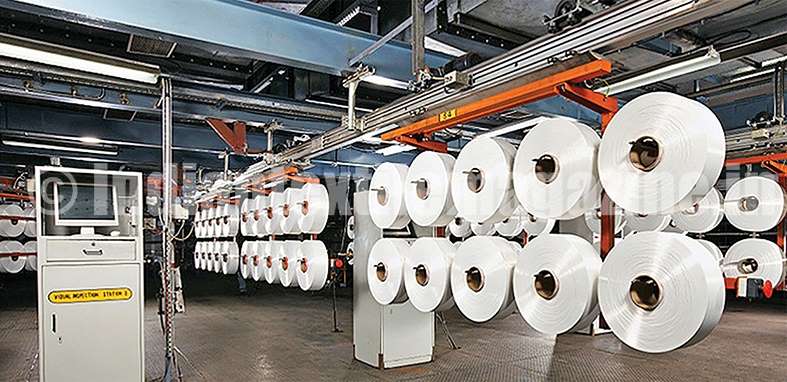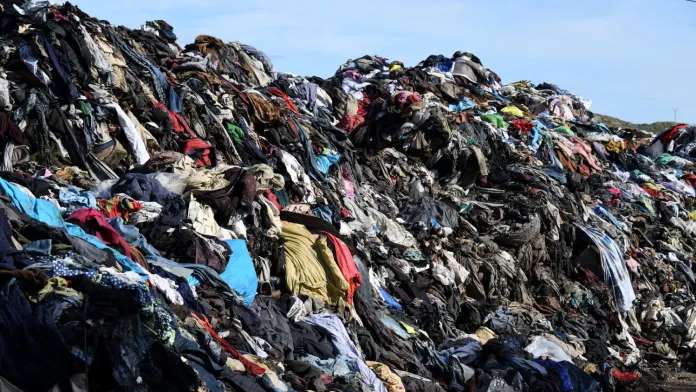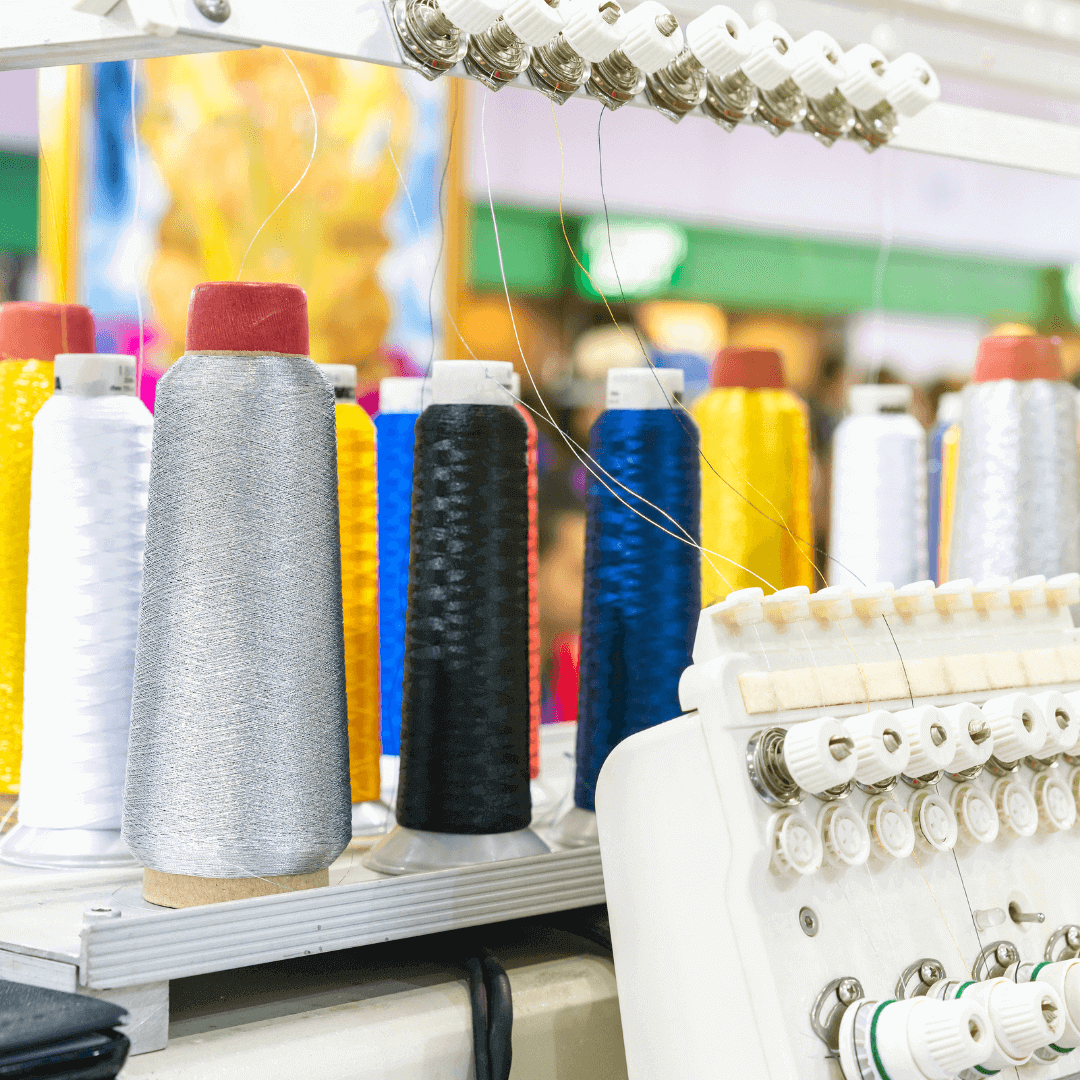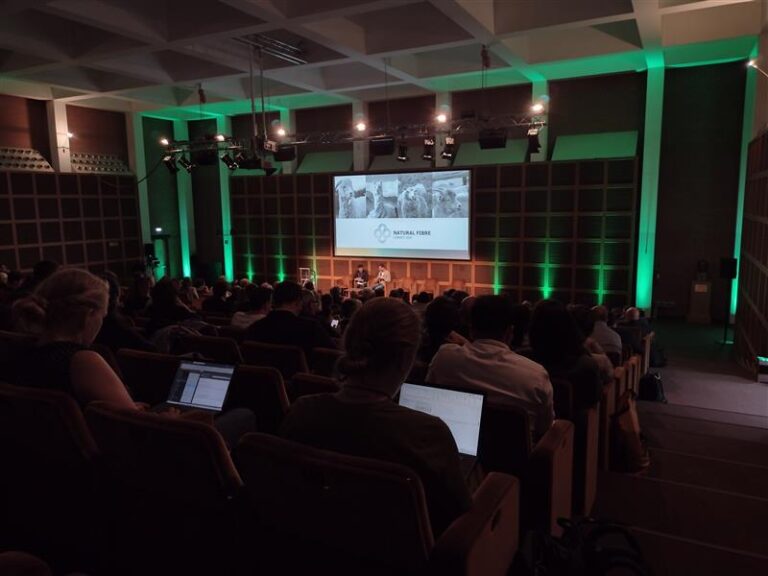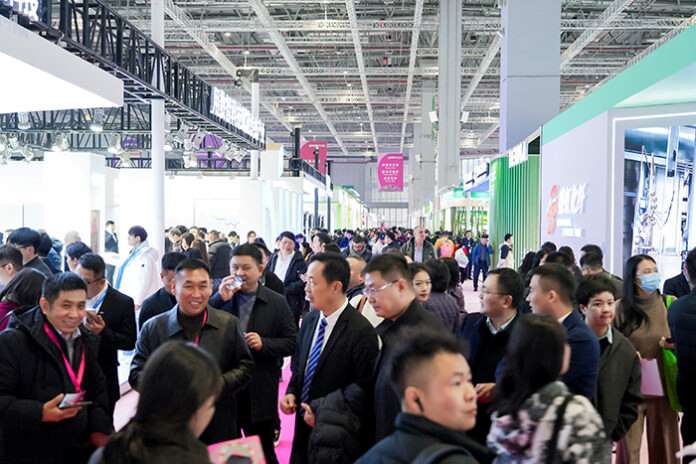FW

India, for long, has been a global player in the overall textile and apparel sector, but in the sub-segment of intimate wear, India is yet to make in-roads in the world trade. The show this year will focus on how intimate wear manufacturing in India can be encouraged to attain global importance. It will focus on the strengths of the Indian industry that can be leveraged to position the country as a leading manufacturing destination for intimate wear.
Make in India the new focus
Under Prime Minister Narendra Modi’s ‘Make in India’ initiative, the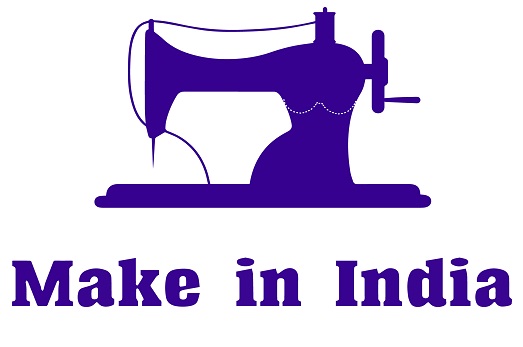 nation can tap endless opportunities to become the next big global lingerie manufacturer. To support IAAI in its ‘Make in India’ initiative, Santosh Kumar Gangwar, Minister of State for Textiles will inaugurate the show in the presence of Joint Secretary for Textile Exports Sunaina Tomar.
nation can tap endless opportunities to become the next big global lingerie manufacturer. To support IAAI in its ‘Make in India’ initiative, Santosh Kumar Gangwar, Minister of State for Textiles will inaugurate the show in the presence of Joint Secretary for Textile Exports Sunaina Tomar.
The highlight of Galleria Intima is to show leading intimate apparel brands of the world that the nation has the necessary resources to become a manufacturing centre. The country has been a major player in the overall apparel and textile market worldwide and plans to make an indelible mark in the intimate apparel sector as well. At Galleria Intima 2015, one of the central aims would be on how to ‘Make in India’ and selling ‘Made in India’ in the international market, while driving domestic consumption.
The intimate apparel category includes a vast range of items, from lingerie to underwear, loungewear and nightwear to shape-wear, swimwear, socks & stockings and more. The top five markets for intimate wear are: US, Japan, Germany, UK and France. The US is a leading importer, with a share of 24 percent worldwide. Currently, China is the largest supplier of intimate clothing worldwide, with a share of 44 percent in the global market. Manufacturing costs in Europe and America are excessively high, which has forced brands to source from Asia. China is a top supplier for years, but growing wages in the country have led to higher costs in manufacturing, turning attention of top brands towards other cost competitive countries. India can take advantage of this opportunity by setting up of OEMs of international brands. The event intends to draw the attention of seasoned brands towards the country as a potential site for setting up of their manufacturing units.
Head honchos of top brands will interact with local OEMs and local brands that can serve as potential OEMs. This event will also serve as a platform for these brands to tap opportunities of local markets with help of inputs from experts on consumer trends, besides providing value information on the local market scenario, its patterns as well as the maximum benefits that can be derived from it. Top international brands as well as national OEMs are expected to be present at the show.
About 15 Chinese companies are expected to participate, to showcase raw materials, making Galleria Intima 4.0 an all-encompassing platform for intimate apparel. Yusuf Dohadwala, the CEO of Intimate Apparel Associations of India says, “India has been a sleeping giant in the category of intimate wear. This is the time to wake the giant out of its slumber and show its true potential to the world. The ‘Make in India’ drive initiated by our Prime Minister is sure to help us in commencing the golden age of the intimate wear industry in the country. The next 5-10 years look very promising.”
This year, Galleria Intima will be held on August 26 and 27, in New Delhi. It is expected to be a major global affair. The organisers decided to shift the venue to New Delhi as it offers greater connectivity. This event is organised by the Intimate Apparel Association of India (IAAI) and has seen exponential growth in footfall and participants over its last editions. The event will showcase everything from fibres to laces, to hooks and packaging. It is expected to draw visitors from a wide variety of sectors including brand owners, manufacturers of intimate wear, designers, export houses, large format retailers, online retailers and buying houses. More than 1000 brands from India alone are expected to visit along with 80 exhibitors from over 10 countries.

Latest statistics from the American Apparel and Footwear Association (AAFA) indicate that the retail market is showing signs of gradual recovering. According to AAFA, on an average, every American spent $907 on clothing or purchased 64 garments in 2013. Although this figure is still less than the one before the 2008 financial crisis, it is the highest level since 2012.
Statistics reveal positive story

While ‘Made in USA’ is gaining momentum, US consumers still rely on imports. Data from AAFA shows that US apparel production increased 6.2 per cent from 2012 to 2013, accounting for 2.55 per cent share of US apparel market. However, nearly 98 per cent of apparel consumed in the US still relied upon imports in 2013.
Third trend, the study reveals is that China remains the top apparel supplier to the United States despite concerns over rising production cost in the country. Latest data from OTEXA shows that, in 2014 (January to November) China still accounted for 42.5 per cent of US apparel imports in terms of quantity and 39.1 per cent in terms of value–almost the highest level in history. These two numbers were 41.7 per cent and 39.9 per cent a year earlier. On the other hand, Vietnam’s market share has reached 9.3 per cent by value and 10.7 per cent by quantity in 2014 (January to November), about a fourth of China’s exports to the United States.
Job market in the US reflects continuous shift of the apparel industry. According to AAFA, among the total 2.8 million workers directly employed by the US apparel industry in 2013, only 5 per cent were in the manufacturing sector, 5 per cent were in the wholesaling sector and as many as 90 per cent were working for retailers. However, within the apparel retail sector, total employment by the department stores is quickly shrinking and dropped 7.6 per cent from 2012 to 2013 and cumulatively 21.3 per cent from 1998 to 2013. At the same time, specialty clothing stores and sporting goods stores are hiring more people: 13.8 per cent and 64.5 per cent increase of employment from 1998 to 2013 respectively.
The fifth trend in the AAFA study shows, while the overall US imports were only charged by a 1.4 per cent tariff rate, the effective duty rate on all apparel imports rose to 13.6 per cent in 2013. The higher effective duty rate may be caused by the fact that less apparel was imported utilising free trade agreement or trade preference programs.
www.wewear.org
US denim brand Patagonia is changing the way denim is made—using environmentally friendly dyes and manufacturing processes, fair trade certified sewing practices and 100 per cent organic, pesticide-free cotton.
Typically denim production involves the use of dangerous chemicals to grow conventional cotton; dyeing produces millions of gallons of waste water and, often, jeans are sewn in factories where workers may not be treated fairly. Patagonia’s dyeing and manufacturing process uses dyestuffs that bond more easily with cotton and minimise destructive effects of indigo dyeing, rinsing and garment washing processes used to create traditional denim.
Patagonia uses 84 per cent less water, 30 per cent less energy and emits 25 per cent less Co2 than conventional synthetic indigo denim dyeing processes. All Patagonia denim is made with organic cotton that is grown without chemical or synthetic fertilisers, poisonous pesticides or herbicides. The entire process avoids sandblasting, bleaching and stonewashing jeans.
All this greatly reduces the environmental impact of denim supply chain. Founded in 1973, the company is recognised internationally for its commitment to authentic product quality and environmental activism. In addition to the six denim styles, Patagonia has grown its fair trade clothing styles from 33 in spring 2015 to 192 in fall 2015.
www.patagonia.com/us/denim
German circular knit machine manufacturer Mayer & Cir makes the entire range of machines required for making modern textiles: fabrics for home textiles, sportswear, nightwear and swimwear, seat covers, underwear and technical uses. Now the company is ready to launch a spin knit machine -- a machine that spins and knits at the same time.
A single jersey machine for elastomer plating uses the tried and trusted relative technology, which means gentle stitch formation. The needle and sinker guidance also reduces energy consumption. At the same time, this single jersey machine delivers peak productivity along with a significant improvement in process reliability. The machine has an improved yarn guide for perfect yarn feed. Stripe patterns can be programmed swiftly and simply on a touch display. Another machine that knits a product is the jacquard plus machine.
Mayer offers cutting edge interlock, striper, single jersey and mattress fabrics machines. These machines help increase productivity, improve process reliability and offer consistently high and reliable quality knits. These machines use significantly less fresh needle oil, as a result of a recycling process developed by Mayer. In fact, many of Mayer’s machines are equipped with a needle oil recycling system.
www.mayerandcie.com/
The Jammu & Kashmir government failed to allocate funds to the National Institute of Fashion Technology (NIFT) set up there six years ago. NIFT was sanctioned in 2009 by the government at an estimated cost of Rs 188 crores. Nearly 90 per cent of this was to be paid by the Centre and the remaining 10 per cent by the State.
As per documents, the state government was asked to allocate land for the project, which was subsequently identified at the Industrial Estate Ompora. It was and handed over to the Union Ministry of Textiles at an annual rent of Re 1 per year on a lease for 90 years.
The NIFT campus is nowhere in sight as of now, however, it operates from a temporary location at Rangreth Industrial Estate, which is provided by J&K SIDCO. Kifayat Rizvi, Managing Director SIDCO said that the institute failed to attract students because of lack of faculty and other facilities. SIDCO, though has already taken up the matter with NIFT authorities to make the institute functional at Ompora, he added.
Local entrepreneurs had demanded the establishment of NIFT. A group of entrepreneurs said that they thought it would be a boon in the Valley as students trained at the institute could contribute towards introducing new designs and technology in segments such as handicrafts, etc.
The Bangladesh Garments Manufactures and Exporters Association (BGMEA) has appointed Siddikur Rahman as President for next two years 2015-2016. BGMEA’s vice-president, Shahidul Azim affirmed this news. Current President, Atikul islam completes his term in September this year, sources from BGMEA said. Though there should have been an election, two forums of the members of BGMEA, Sammilita Parishad and Forum, had already reached a consensus regarding sharing posts among themselves without elections.
Sammilita Parishad leader Siddiqur Rahman, would hold the post of President, according to the negotiation. Source say the next president will be selected from Forum after two years. BGMEA’s vice-president Shahidul Azimstated that selected leaders would be efficient and that the new leaders were sincere about their duties and responsibilities. When he was asked why there wasn’t any election, Azim said that the two groups Sammilita Parishad and Forum participate in each year’s elections. The decision was made after an interaction and dialogue with the two groups.
The posts of vive-presidents will increase in the next committee and there will be 35 new posts and there are 27 in the present committee. The total number of voters were, 3,196 in the last election, however, it decreased to 2,168 this year.
Aditya Birla Group firm Grasim Industries has said that its consolidated net profit declined marginally by 0.51 per cent to Rs 484.67 crores for the first quarter ended June 30. The company had posted a consolidated net profit of Rs 487.13 crores during the same period of the previous fiscal, Grasim Industries said in a BSE filing.
The company's consolidated net sales stood at Rs 8,507.98 crores in the April-June quarter, up 6.67 per cent compared with Rs 7,975.3 crores during the same period last year. Consolidated revenue from its viscose staple fibre (VSF) and wood pulp segment was Rs 1,664.37 crores this quarter as against Rs 1,558.58 crores year ago. Its consolidated revenue from chemicals division was Rs 485.18 crores as against Rs 414.2 crores last year.
Revenue from other segments, which constitute mainly textiles, were at Rs 136.65 crores compared with Rs 148.57 crores in the same period in the previous year. Grasim is one of the dominant players in the ready-to-stitch over the counter fabric industry. It has also ventured in to ready-to-wear category by launching readymade garments through distribution network and its exclusive showrooms.
www.grasim.com
Aquafil collaborates with Speedo USA for a take-back program that will allow Speedo USA’s post-manufacturing swimwear scraps to be upcycled into Aquafil’s 100 per cent regenerated ECONYL nylon. Leftover fabric scraps get a new life with this program, which allows them to be turned back into raw nylon fibre and finally, new swimsuits. The new Speedo PowerFLEX Eco swimwear fabric is made from ECONYL and is endlessly recyclable. This limitless recyclability creates a closed-loop manufacturing partnership between the two companies.
Giulio Bonazzi, Chairman and CEO, Aquafil said that they were challenging apparel manufacturers to be more sustainable and restructure their supply chain to divert waste from landfill. Aquafil’s partnership with Speedo shows the company’s commitment to the environment and their ingenuity in creating products from materials that can be recycled an infinite number of times is another feature of the programme, Bonazzi added.
Post-production fabric waste, in the swimwear industry, was not suitable for traditional recycling due to its complex technical composition. However, with Aquafil’s new technology this is now possible. The new technology can turn swimwear fabric and other blended waste materials into new raw nylon. The cutting-edge ECONYL Regeneration System takes manufacturing byproduct waste and nylon materials that have reached the end of their product life, such as abandoned fishing nets and old carpets, and re-engineers them into high-quality ECONYL Nylon 6 for the production of new carpets, sportswear and swimwear.
Both Aquafil and Speedo USA, with this take-back program, will use the regeneration process to separate usable nylon from Speedo’s blended post-production fabric scraps. The used nylon will then be upcycled into raw nylon fibre, which can be made into new PowerFLEX Eco swimwear.
B’desh commerce minister Tofail Ahmed has announced that they are going to build a garment village in Chittagong, with an aim to increase apparel exports which is expected to touch $50 billion by 2021. Ahmed said the garment village in Chittagong would be on the lines of the hub currently being built at Bausia in Munshiganj. He was speaking at the inauguration of the three-day Bangladesh Apparel and Safety Expo in Chittagong. However, there was no mention of when the garment hub will begin operations.
The Bausia garment village, is being developed by a Chinese firm at a cost of $2.3 billion. It has more than 200 factories from where Bangladesh expects to export goods worth $3 billion to $5 billion each year once the factories begin production. Ahmed urged retailers to pay better prices for apparel items sourced from Bangladesh as they receive some of the lowest price offers from them. He added as the industry’s future is bright, the $50 billion export target will not only be met, but will also exceed by 2021.
Nasiruddin Ahmed Chowdhury, former VP of Bangladesh Garment Manufacturers and Exporters Association (BGMEA) said by excluding development of the port city of Chittagong, it would not be possible to achieve the $50 billion export target. Chittagong is considered a gateway for Bangladeshi exports as more than 90 per cent of the country’s international trade is handled through this port.
Los Angeles knitting mill SG Knits and Texworld USA in New York are two companies that have collaborated for business after meeting two years ago. Lauren Greenberg, SG Knits creative director and husband Steve Greenberg, SG Knits’ CEO and President were back at Texworld USA during the show’s recent July 21-23 run at the Javits Center. The Greenbergs, along with their USA partner, Norberto Menendez, who runs United Pacific Group (UPG), a full-package garment production facility in the Dominican Republic, met larger retailers and brands such as Macy’s and Nordstrom and California labels such as Splendid/Ella Moss, at the show.
Sun Dragon Import, a Los Angeles-based supplier of specialty yarns participated for the first time in Texworld and Ching Duncan, Sun Dragon President said that they were exploring the New York market and were likely to get some South America and Canada exposure too.
50-year-old producers of textiles and hand-worked scarves for large European brands, Mumbai-based Panna Textile Industries, were first time participants at Texworld USA. Akash Poddar, the company representative interacted with attendees, showing them the workmanship on a hand-painted, embroidered scarf Panna created for the Spanish brand, Desigual. Poddar said that the company was looking at entering the US market.
Speaking about Texworld USA, marketing manager for Los Angeles knitting mill Design Knit, Pat Tabassi said that she sees a rising interest in domestic production from those who attend Texworld. However, she observed that building infrastructure could take time.

